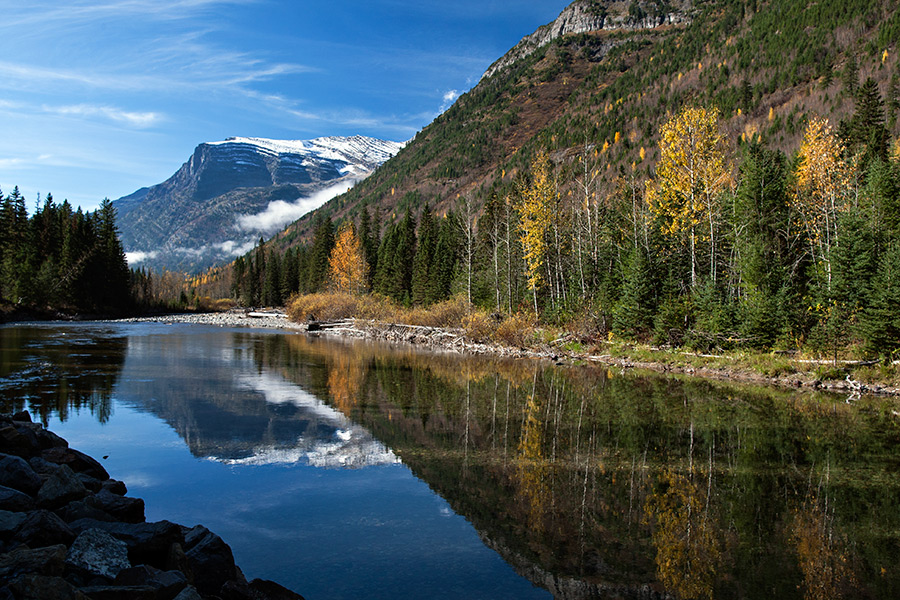A new National Park Service report shows visitors to national parks in Montana spent $478.3 million in the state in 2015.
A total of 4.96 million people visited national parks in Montana last year. Last year’s total was a 10.6 percent increase in spending and an 8.2 percent rise in visitation over 2014.
Visitors to Glacier National Park spent an estimated $198 million in the surrounding community, according to the report. This spending supported an estimated 3,474 jobs.
“This annual report confirms again that national park tourism is a significant driver in the national economy, returning $10 for every $1 America invests in the National Park Service,” said Sue Masica, director of the NPS Intermountain Region, which includes Montana and seven other states. “As we celebrate the NPS centennial this year, that financial reality makes national parks tourism a significant factor in Montana’s economy, too. It’s a result we all can support.”
Montana’s five national parks include: Glacier and Yellowstone national parks; Little Bighorn Battlefield National Monument; Grant-Kohrs Ranch National Historic Site, and Bighorn Canyon National Recreation Area.
The peer-reviewed visitor spending analysis was conducted by U.S. Geological Survey economist Catherine Cullinane Thomas and NPS economist Lynne Koontz. Nationally, the report shows that a record 307.2 million park visitors directly spent $16.9 billion in communities within 60 miles of a national park. This spending supported 295,000 jobs. The cumulative benefit to the U.S. economy was $32 billion.
According to the 2015 analysis, most park visitor spending was for lodging (31.1 percent). Other major categories include food and beverages (27.2 percent), gas and oil (11.8 percent), admissions and fees (10.2 percent) and souvenirs and other expenses (9.8 percent).
To read or download the report, visit here.
